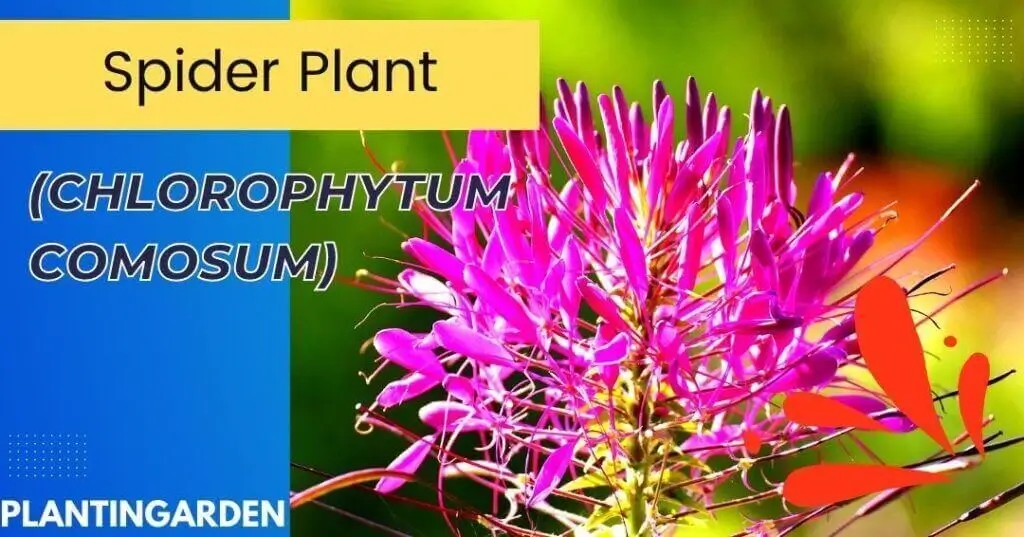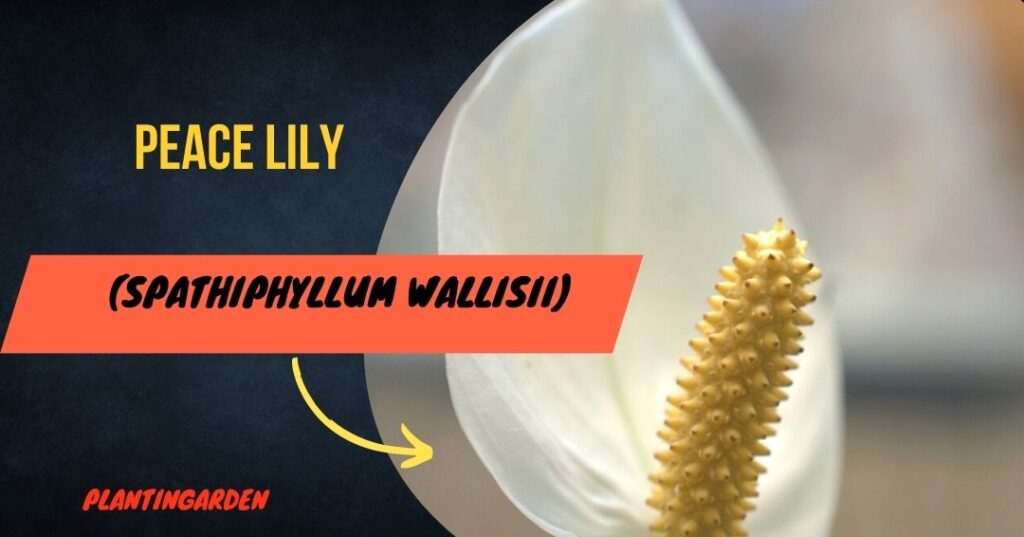Indoor air quality is essential for good health and wellbeing, and one way to improve it naturally is by adding plants to your home. Plants not only add beauty and aesthetic value to your living space, but they also absorb harmful toxins and purify the air. In this article, we’ll explore the 10 best plants for cleaning indoor air and help you choose the right ones for your home.
1. Snake Plant (Sansevieria trifasciata)

Also known as mother-in-law’s tongue, the snake plant is a popular indoor plant for cleaning air. It’s easy to care for and has a high tolerance for low light and drought. The snake plant absorbs toxins like formaldehyde, benzene, and trichloroethylene, which are commonly found in household products and furniture
2. Golden Pothos (Epipremnum aureum)

The golden pothos is another easy-to-care-for plant that can remove harmful toxins from indoor air. It’s also known as devil’s ivy and can grow well in low-light conditions. The golden pothos is effective in removing formaldehyde, benzene, and xylene.
3. Spider Plant (Chlorophytum comosum)

The spider plant is a popular hanging plant that’s easy to grow and maintain. It’s known for its ability to remove pollutants like formaldehyde, benzene, and carbon monoxide from indoor air. The spider plant also produces oxygen, making it an excellent choice for bedrooms.
4. Aloe Vera (Aloe barbadensis)

The aloe vera plant is not only great for its medicinal properties, but it’s also effective in cleaning indoor air. It’s an easy-to-care-for plant that requires minimal maintenance and can absorb harmful chemicals like formaldehyde and benzene.
5. Peace Lily (Spathiphyllum wallisii)

The peace lily is a beautiful plant that can add a touch of elegance to any indoor space. It’s known for its ability to remove toxins like formaldehyde, benzene, and trichloroethylene. The peace lily also helps to increase humidity, which is beneficial for dry environments.
6. Boston Fern (Nephrolepis exaltata)

The Boston fern is a popular plant for hanging baskets, and it’s known for its air-cleaning abilities. It can remove toxins like formaldehyde, benzene, and xylene from indoor air. The Boston fern also helps to increase humidity levels, which is beneficial for respiratory health.
7. Rubber Plant (Ficus elastica)

The rubber plant is a large indoor plant that’s perfect for adding a tropical touch to your living space. It’s known for its ability to remove formaldehyde from indoor air, which is commonly found in carpets, furniture, and other household products.
8. Dracaena (Dracaena spp.)

The dracaena is a popular indoor plant that comes in different varieties. It’s known for its air-purifying abilities and can remove harmful chemicals like formaldehyde, benzene, and trichloroethylene. The dracaena is easy to care for and can grow well in low-light conditions.
9. English Ivy (Hedera helix)

The English ivy is a popular climbing plant that can remove formaldehyde from indoor air. It’s an excellent plant for removing pollutants in small spaces, and it’s easy to care for. The English ivy can also help to reduce mold levels in the air.
10. Bamboo Palm (Chamaedorea seifrizii)

The bamboo palm is a beautiful plant that can add a tropical touch to your indoor space. It’s known for its air-purifying abilities and can remove harmful chemicals like formaldehyde, benzene, and carbon monoxide. The bamboo palm also helps to increase humidity levels, which is beneficial for respiratory health.
Choosing the right plants for your home is crucial for improving indoor air quality. Some plants may be toxic to pets or small children, so it’s important to do your research and choose plants that are safe and non-toxic. You can also consider the size and placement of the plants, depending on the space you have available.
In addition to purifying indoor air, plants can also have other health benefits, such as reducing stress, improving mood, and increasing productivity. They can also add a touch of nature to your living space, which can be calming and refreshing.
Resources
- NASA Clean Air Study: This study by NASA highlights the effectiveness of certain plants in removing indoor air pollutants. (
- American Society of Horticultural Science: This article discusses the benefits of indoor plants and their ability to improve air quality.
- Plants for Sustainable Improvement of Indoor Air Quality: This article provides information on indoor air quality and the role of plants in improving it.
- The Spruce: This article lists 17 easy-to-care-for indoor plants that can help improve air quality in your home.
- Improve your mental health and wellbeing: This article discusses the benefits of indoor plants and how they can improve physical and mental health.
In conclusion, adding plants to your indoor space is an excellent way to improve air quality naturally. The 10 best plants for cleaning indoor air that we’ve covered in this article are easy to care for and can effectively remove harmful toxins from the air. Choose the right plants for your home, and enjoy the many benefits that indoor plants have to offer.
FAQ Section
Q. What are the best plants for cleaning indoor air?
According to the NASA Clean Air Study, some of the best plants for cleaning indoor air include spider plants, peace lilies, bamboo palms, and rubber plants. Other air-purifying plants that made the list include snake plants, pothos, and English ivy. Each of these plants can effectively remove harmful toxins such as formaldehyde, benzene, and carbon monoxide from the air.
Q. Can indoor plants really improve air quality?
Yes, indoor plants can significantly improve air quality by removing harmful pollutants from the air. This has been demonstrated in several studies, including the NASA Clean Air Study, which found that certain plants can effectively remove toxins such as formaldehyde, benzene, and ammonia from the air.
Q. Do indoor plants require a lot of maintenance?
The level of maintenance required for indoor plants varies depending on the specific plant species. Some plants, such as snake plants and spider plants, are low-maintenance and can thrive with minimal care. Other plants, such as fiddle leaf figs and orchids, require more attention and care. Generally speaking, most indoor plants require moderate to high levels of indirect light, regular watering, and occasional fertilization.
Q. Are indoor plants safe for pets?
While many indoor plants are safe for pets, some can be toxic if ingested. It’s important to research the plants you’re considering and make sure they are safe and non-toxic for your pets. You can also choose plants that are placed out of reach of pets or that have a bitter taste to deter them from chewing on the leaves.
Q. How many plants do I need to improve indoor air quality?
The number of plants required to improve indoor air quality depends on a variety of factors, including the size of the space, the types of pollutants present, and the size and health of the plants. As a general rule of thumb, it’s recommended to have at least one medium to large-sized plant per 100 square feet of indoor space. However, having several smaller plants can also be effective in improving air quality.